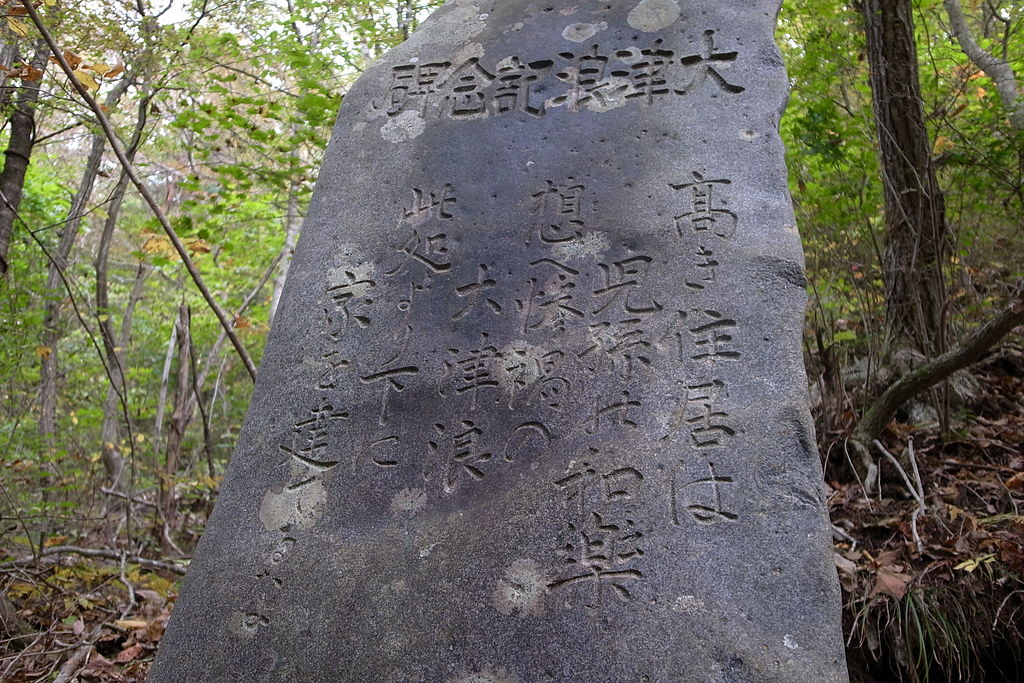Sep 27, 2016
The Wisdom of Ancient Stones – Tsunami Stones

Japan is a most beguiling land of ancient wisdom and modern technology. The two beliefs often mingle and sometimes conflict. One place where ancient culture and a present grounded in science have rubbed against each other is the tsunami stones that are seen in many coastal locations of the island nation.
Japan has always been at danger from earthquakes that unleash deadly tsunami waves onto heavily populated shores. Going back as far as six centuries, residents have erected flat stones, some as high as ten feet, with instruction for future generations what to do in the event of an impending tsunami.
Words of wisdom for those prudent enough to listen
Many of the stones are inscribed with common sense instructions on what to do when disaster strikes, such as seek out higher ground than the marker. Others offer specific lessons passed across generations of ancestors who survived the deadly onslaught of ocean waves. In the town of Aneyoshi, for instance, a stone tablet is located over a kilometer from the sea and yet warns: “High dwellings are the peace and harmony of our descendants. Remember the calamity of the great tsunamis. Do not build any homes below this point.”
The stone was first installed after a tsunami in 1896 only to see the village destroyed by a wall of water in 1933. The stone was then moved to its current location. In the most recent deadly tsunami on March 11, 2011, the water in fact reached all the way to within 100 metres of the stone. But since villagers had heeded the warning, none of the residents’ homes were destroyed.
The consequences of hubris
On the other hand, a modern Japan confident of the powers of its engineers has often scoffed at the silent messages from the stone sentinels on the hillsides. Surely concrete seawalls, cutting edge technology and orchestrated evacuation routes can keep the shoreline safe unlike in ancient times, the thinking goes. Sometimes that works and sometimes the luck runs out. The 2011 tsunami in northeastern Japan left 29,000 people dead or missing and a nuclear plant in meltdown. Even years later, almost a quarter-million people were still living in temporary housing.
Tsunami stones are not foolproof. Some are washed away by more powerful waves than experienced in the past. But many more are reminders of earthquake-triggered waves that reached five kilometres inland, such as a tsunami in 1611. Even as Japanese citizens go about their busy lives, the tsunami stones are permanent memory joggers that the waves have engulfed the shores before and they will surely do so again some day – and with even higher water.
Tsunami stones are not only the work of the ancients with words eroded away. Even believers in the importance of tsunami stones have been influenced by modern times. Instead of simple stone tablets some believe it is best to leave ravaged structures and destroyed infrastructure in place as memorials. Perhaps utilize more contemporary systems appropriate for the internet age. Or just pay attention to the warnings that have been in place for centuries.
By T.KISHIMOTO (Own work) [CC BY-SA 4.0], via Wikimedia Commons


About the author